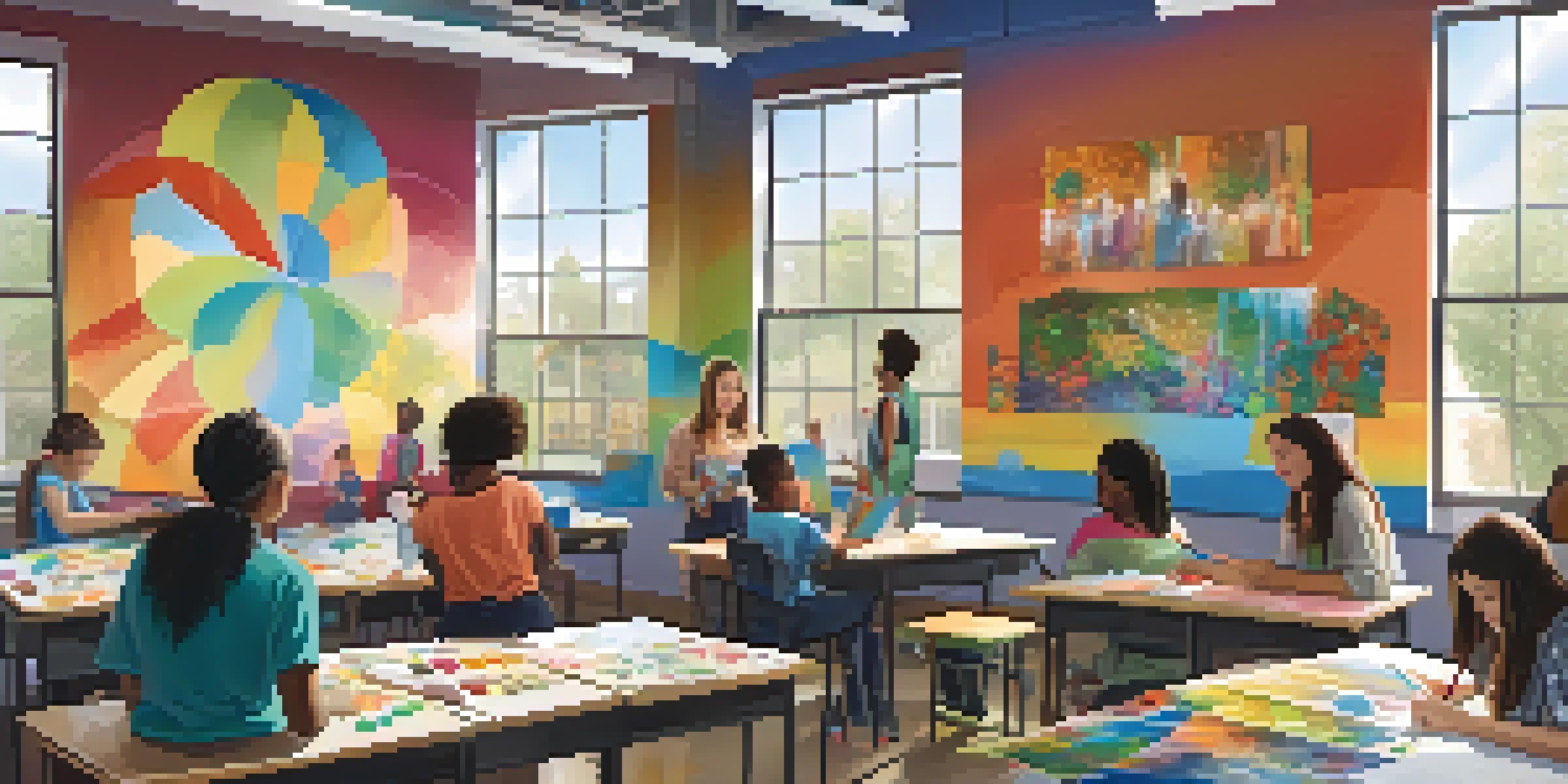Integrating Service Learning into Curriculum Development

Understanding the Basics of Service Learning
Service learning combines community service with academic instruction, allowing students to apply classroom knowledge in real-world contexts. This educational approach not only enhances learning but also fosters a sense of civic responsibility among students. By engaging with the community, students can deepen their understanding of course material while developing critical skills such as teamwork and problem-solving.
The Benefits of Integrating Service Learning
Integrating service learning into the curriculum offers numerous benefits for both students and communities. Students gain hands-on experience that enhances their academic learning, making lessons more relevant and impactful. Additionally, communities benefit from the skills and enthusiasm that students bring, creating a win-win situation that strengthens the bond between educational institutions and their local areas.
Service Learning Enhances Education
Service learning combines community service with academics, enriching student learning and fostering civic responsibility.
Aligning Service Learning with Curriculum Goals
To effectively integrate service learning, it's crucial to align these projects with specific curriculum goals. This ensures that students are not only participating in community service but also achieving academic objectives. For example, a biology class might partner with a local environmental organization to study local ecosystems while conducting restoration projects, directly tying service to their learning outcomes.
Choosing the Right Projects for Students
Selecting appropriate service learning projects is vital for maximizing student engagement and learning. Projects should resonate with students' interests and the skills they are developing in class. For instance, a high school art class could collaborate with a community center to create murals, allowing students to apply their artistic skills while beautifying their community.
Align Projects With Curriculum Goals
Aligning service learning projects with curriculum objectives ensures students gain relevant experience while achieving academic success.
Preparing Students for Service Learning Experiences
Preparation is key to a successful service learning experience. Educators should provide students with context about the community needs they will be addressing, helping them understand the significance of their involvement. Additionally, discussions around expectations and reflections can set the stage for meaningful engagement, allowing students to process their experiences effectively.
Reflection: A Critical Component of Service Learning
Reflection is an essential part of service learning, encouraging students to think critically about their experiences. This can be done through journals, discussions, or presentations, helping students connect their service activities to academic content and personal growth. By reflecting on their experiences, students can better appreciate the impact of their contributions and develop a deeper understanding of community issues.
Reflection Deepens Learning Impact
Reflection is crucial in service learning, as it helps students connect their experiences to personal growth and academic content.
Assessing the Impact of Service Learning
Evaluating the effectiveness of service learning initiatives helps educators understand their impact on students and the community. This can involve collecting feedback from students, community partners, and observing changes within the community. By assessing these outcomes, educators can refine future projects to enhance learning and service efforts, ensuring ongoing improvement and relevance.
Challenges in Integrating Service Learning
While integrating service learning has many advantages, it also comes with challenges. These can include logistical issues, such as coordinating with community partners, or resistance from students who may not see the value in these projects. By addressing these challenges head-on and fostering open communication, educators can create a supportive environment that values service learning as an integral part of the curriculum.